Latest
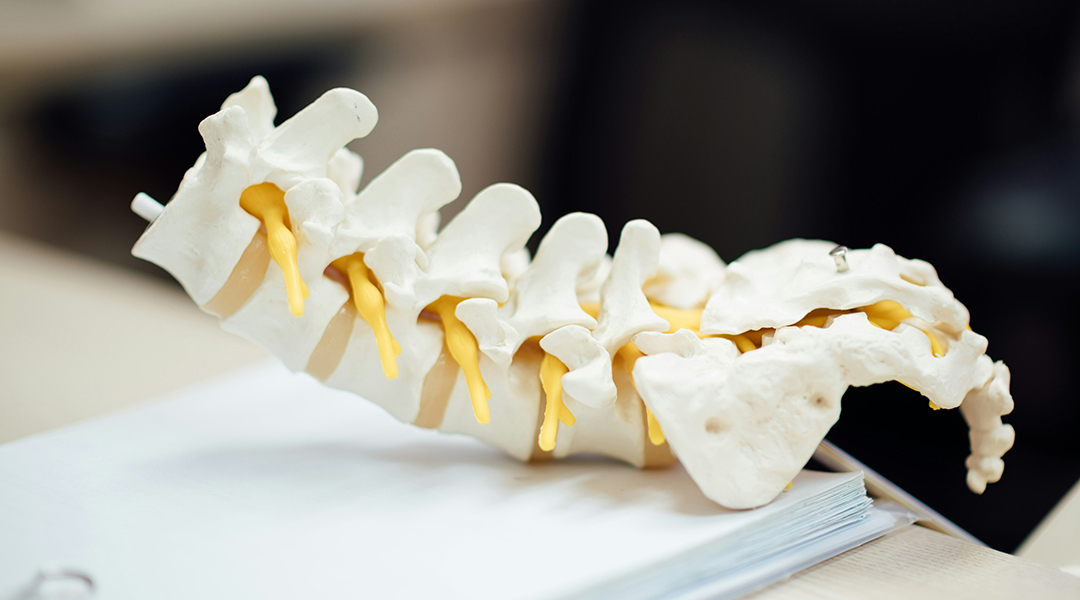
Using 3D printing to treat bone infections
A new biomaterial shows unprecedented success at eliminating bacteria that cause bone infections and promote the regrowth of injured bones.

A Big Ring in the sky challenges modern cosmology
The discovery of colossal structures like the Big Ring is reshaping established theories about the physics of the Universe.
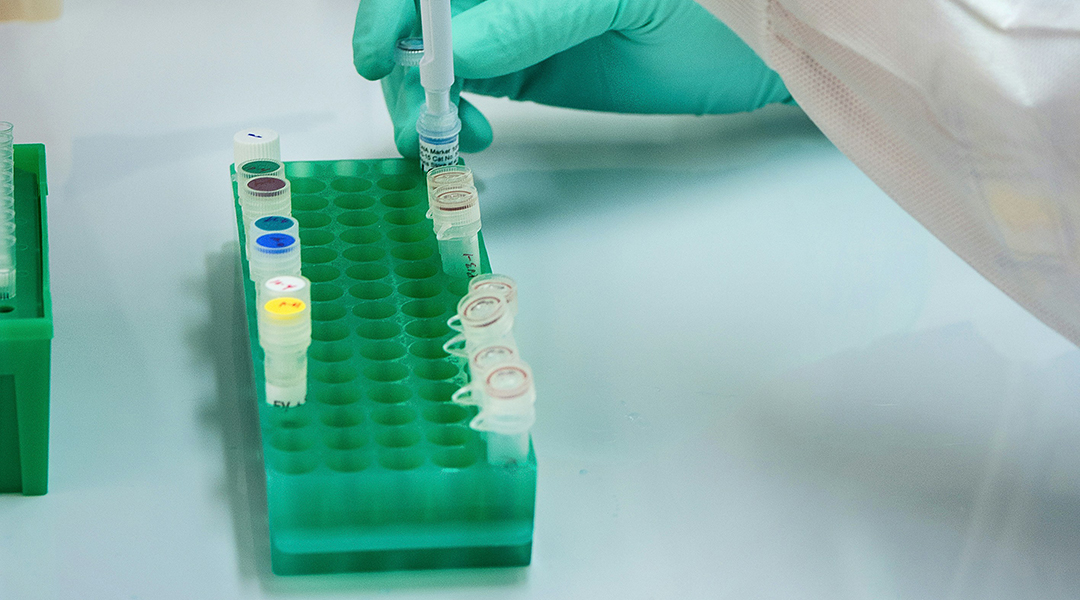
Decorated nanospheres boost chemotherapy and cut side effects
Scientists are using decorated nanoparticles to precisely target tumors with chemotherapy, effectively reducing side effects.

Anti-aging for lasers: Gallium nitride lasers get a longevity boost
Scientists have uncovered the cause of rapid degradation in powerful gallium nitride lasers and develop a solution to extend their lifespan.
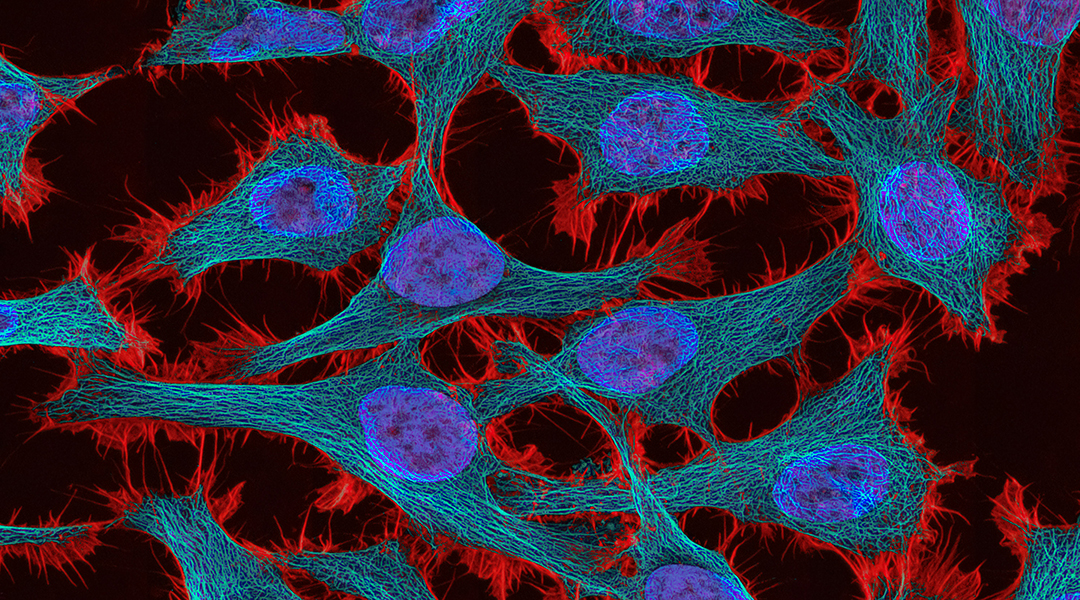
Blocking key protein halts spread of cervical cancer tumors
New findings shed light on how cervical cancer spreads to the lymph nodes, opening the door for treatments that could stop the process.
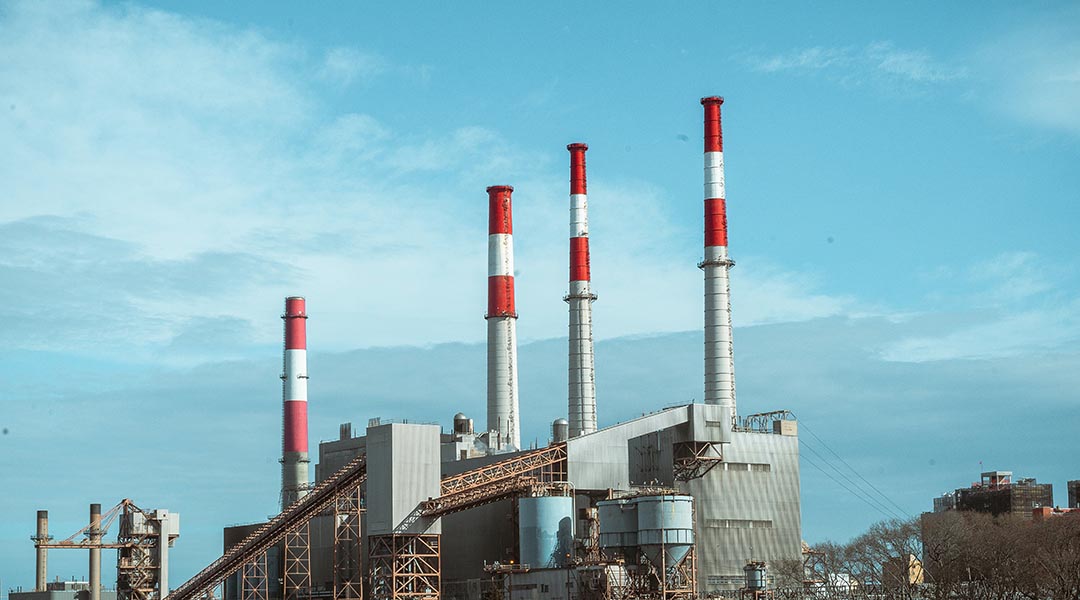
Decarbonizing the chemical industry with sustainable photons
Decarbonizing the chemical industry is possible, provided decreases in the cost of solar energy and increases in LED efficiency continue.
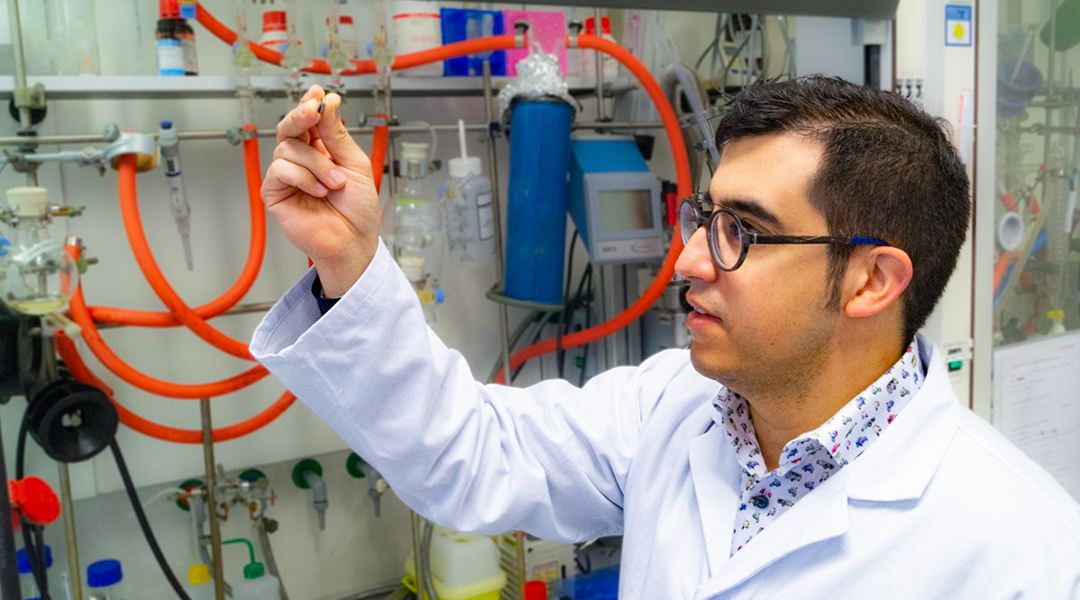
César Rodriguez-Emmenegger: “Be passionate, creative, and bold”
Through innovative, interdisciplinary work, chemist César Rodriguez-Emmenegger is seeking a way to communicate with biological systems.

Module labs are a polarizing plan for COVID-19 vaccine manufacturing in Africa
Without independent vaccine manufacturing in Africa, the social and economic costs of the pandemic will only be prolonged.

Gravity energy storage elevated to new heights
An innovative new gravity storage system with an “elevator” style building design is a viable solution to global grid-scale energy storage.
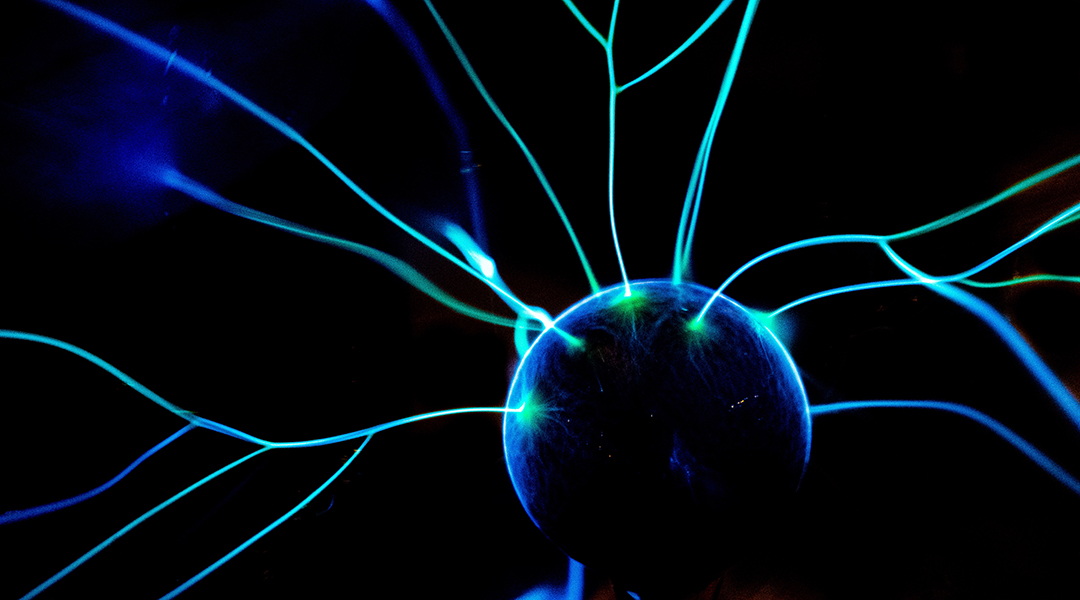
Memristive neurons with human-like perception
Memristor-based sensing devices generate biological-like electrical signals that mimic those found in the brain for better computing.
ASN Newsletter
Sign up for our newsletter and receive the latest science news directly to your inbox.

RNA thermometers to bring down bacteria from the inside
RNA thermometers help regulate bacterial infection and targeting them might be a way toward fighting antibiotic resistance.
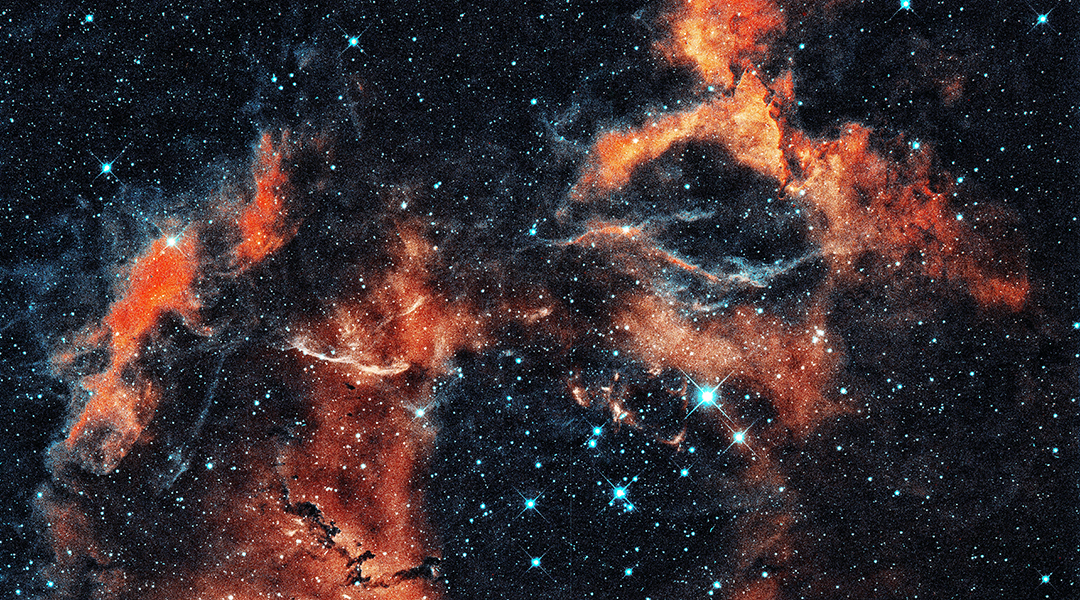
What can AI tell us about the early universe?
Using an artificial neural network and AI, researchers are developing a powerful computational tool to model particle physics following the Big Bang.
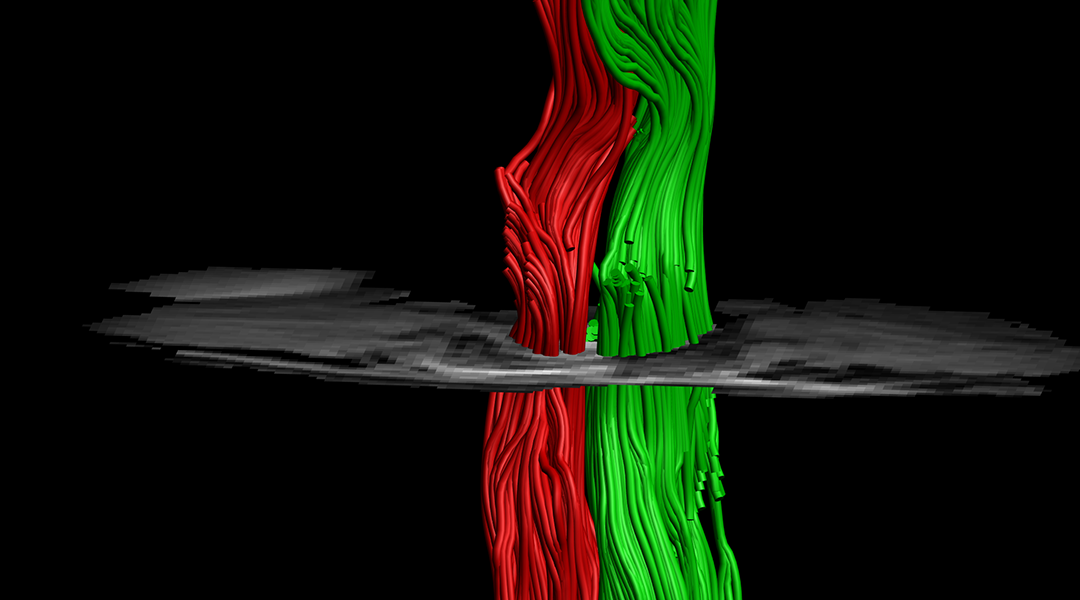
Human spinal cord implant helps mice walk again
A new spinal cord implant was used to heal a severed spine, offering hope that these types of injuries can one day become treatable.

Where did all of Earth’s water come from?
A new study identifies that magnesium hydrosilicate, a compound present during the Earth’s formation, may be responsible for our planet’s abundant water.

Taking the next step to renewable energy products
Shifting away from fossil fuels to renewable energy products will not only help address harmful emissions, but unwanted chemical exposure.

Microrobots kill fungal infections in just ten minutes
To curb the rising threat of fungal infections, researchers crafted iron oxide nanoparticles as speedy, effective, and inexpensive antifungal agents.
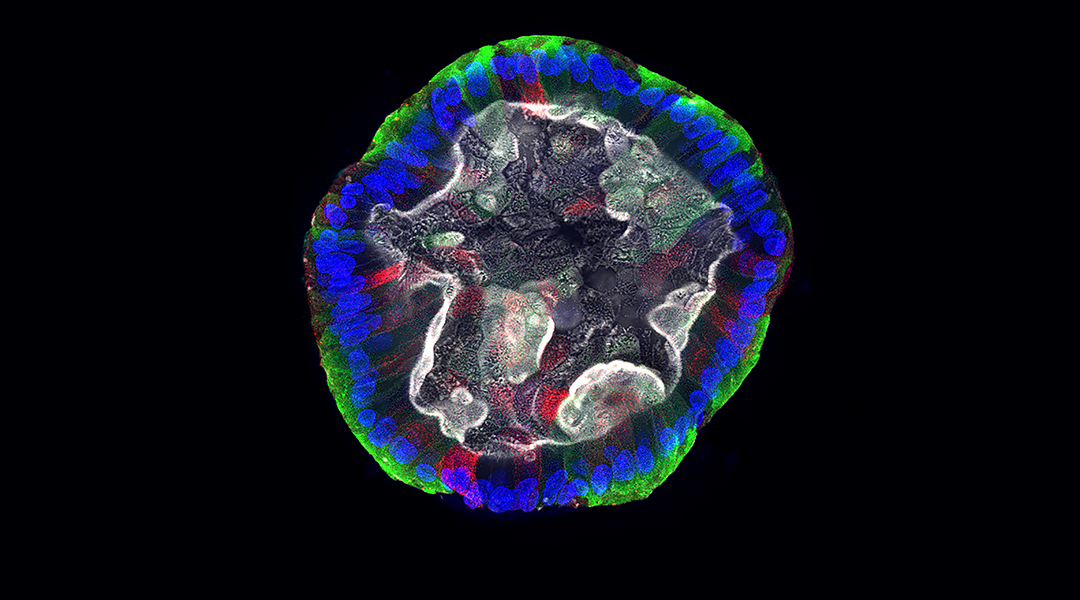
Using organoids to advance equity and inclusion in drug discovery
Addressing the lack of diversity in drug testing, scientists are using organoids from voluntary donors to enhance equity and inclusion.

Exploring effective treatments for hereditary hair loss
Scientists are delving into the future of hair loss treatments, from macromolecules to laser therapies and CRISPR gene editing.
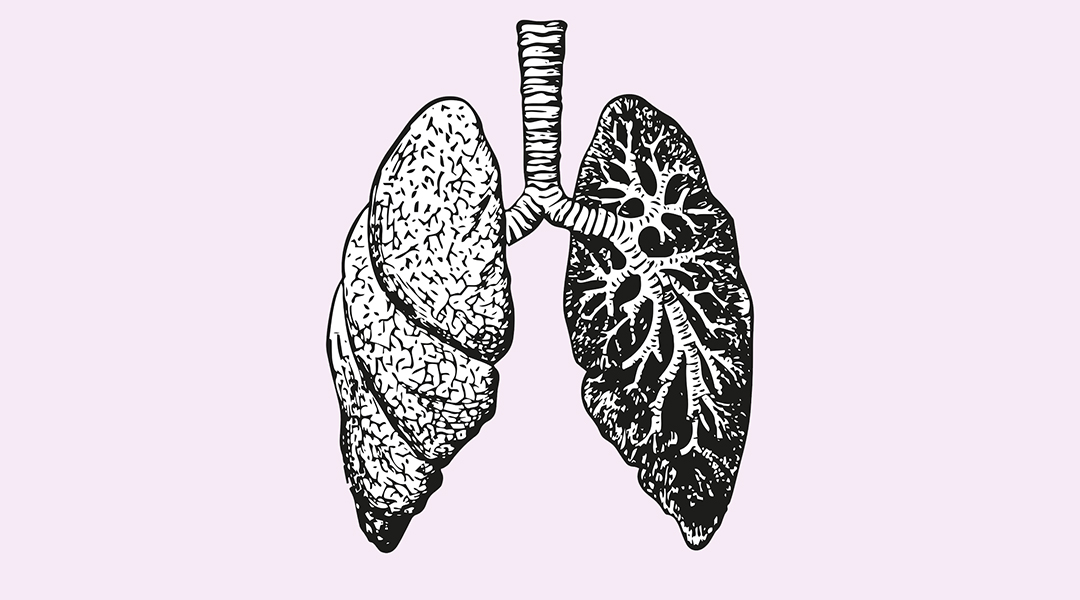
Sniffing out lung diseases with a portable E-Nose
Revolutionizing respiratory disease detection with a portable E-Nose for non-invasive breath analysis.
Microrobots kill fungal infections in just ten minutes
To curb the rising threat of fungal infections, researchers crafted iron oxide nanoparticles as speedy, effective, and inexpensive antifungal agents.
Using organoids to advance equity and inclusion in drug discovery
Addressing the lack of diversity in drug testing, scientists are using organoids from voluntary donors to enhance equity and inclusion.
Exploring effective treatments for hereditary hair loss
Scientists are delving into the future of hair loss treatments, from macromolecules to laser therapies and CRISPR gene editing.
Sniffing out lung diseases with a portable E-Nose
Revolutionizing respiratory disease detection with a portable E-Nose for non-invasive breath analysis.
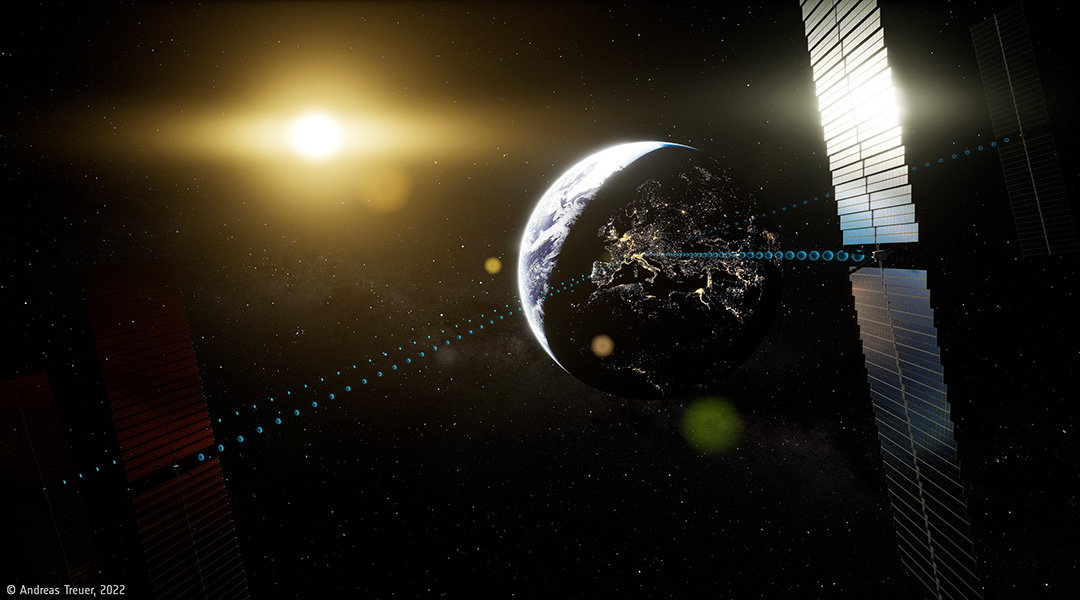
Science fiction to reality: Space-based solar power
With climate change, the weaponization of energy, lower satellite launch costs, incentives to harness space-based solar power are on the horizon.
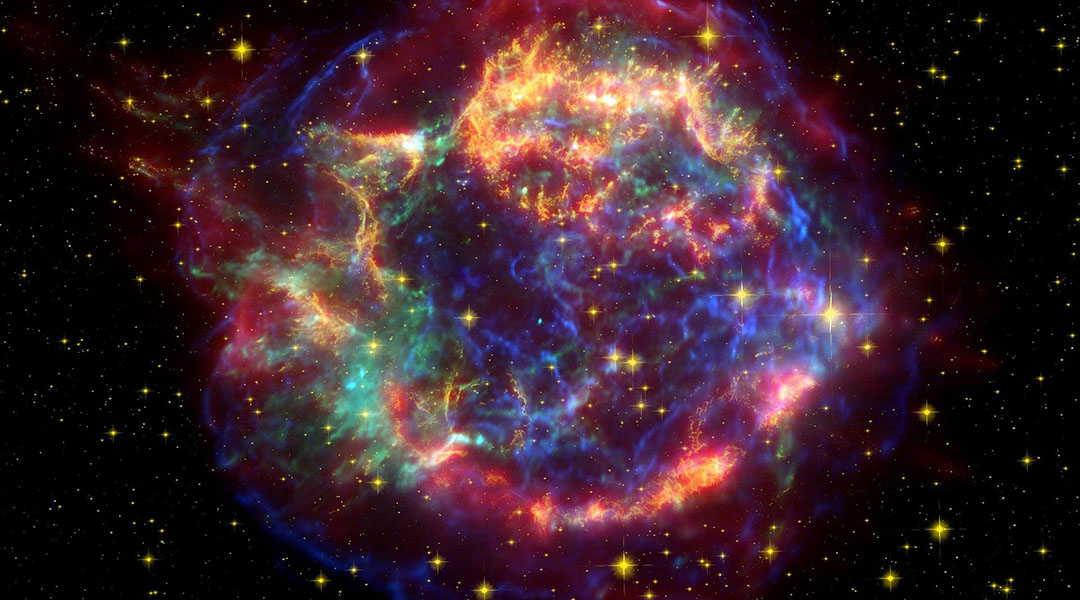
A bright future for supernovae
Researchers have found that supernovae explosions are preceded by observable radiation whose features should make it possible to distinguish the radiation of a future supernova from other light sources in space.

Dark matter from quantum gravity
Researchers at the Southern University of Science and Technology in China ask if gravitons can be promising candidates for dark matter components.

Ultra-cold atoms help test fundamental theory of solids
Cold ytterbium atoms were used to test a fundamental theory which describes phenomena in solids such as magnetism and superconductivity.
Science fiction to reality: Space-based solar power
With climate change, the weaponization of energy, lower satellite launch costs, incentives to harness space-based solar power are on the horizon.
A bright future for supernovae
Researchers have found that supernovae explosions are preceded by observable radiation whose features should make it possible to distinguish the radiation of a future supernova from other light sources in space.
Dark matter from quantum gravity
Researchers at the Southern University of Science and Technology in China ask if gravitons can be promising candidates for dark matter components.
Ultra-cold atoms help test fundamental theory of solids
Cold ytterbium atoms were used to test a fundamental theory which describes phenomena in solids such as magnetism and superconductivity.

Infrared: The future of anti-counterfeit tags?
A new study proposes a technique to print images on a special surface such that they can only be seen by authorized recipients.

4D printing “living” structures inspired by immortal jellyfish
4D printing produces a living polymer network that can be printed into 3D shapes and then broken down into its monomer units for reuse.

A soft robotic hand takes a two-pronged approach to grasping
Resembling a balloon filled with coffee grounds, this gripper uses granular jamming and electrostatic interactions to manipulate objects.

Pathogen detection with nanotechnology
Researchers turn to nanotechnology to boost the detection of pathogens, including SARS-CoV-2.
Infrared: The future of anti-counterfeit tags?
A new study proposes a technique to print images on a special surface such that they can only be seen by authorized recipients.
4D printing “living” structures inspired by immortal jellyfish
4D printing produces a living polymer network that can be printed into 3D shapes and then broken down into its monomer units for reuse.
A soft robotic hand takes a two-pronged approach to grasping
Resembling a balloon filled with coffee grounds, this gripper uses granular jamming and electrostatic interactions to manipulate objects.
Pathogen detection with nanotechnology
Researchers turn to nanotechnology to boost the detection of pathogens, including SARS-CoV-2.

Vegetation played a major role in climate warming
Climate models backed by pollen records validate a spike in global temperatures that took place 6000-9000 years ago.

How biogas from human waste will lead to energy independence
Chicken feathers enhance the quality of biogas produced from human waste, allowing impoverished communities to generate their own power.

Decarbonizing the chemical industry with sustainable photons
Decarbonizing the chemical industry is possible, provided decreases in the cost of solar energy and increases in LED efficiency continue.

Gravity energy storage elevated to new heights
An innovative new gravity storage system with an “elevator” style building design is a viable solution to global grid-scale energy storage.
Vegetation played a major role in climate warming
Climate models backed by pollen records validate a spike in global temperatures that took place 6000-9000 years ago.
How biogas from human waste will lead to energy independence
Chicken feathers enhance the quality of biogas produced from human waste, allowing impoverished communities to generate their own power.
Decarbonizing the chemical industry with sustainable photons
Decarbonizing the chemical industry is possible, provided decreases in the cost of solar energy and increases in LED efficiency continue.
Gravity energy storage elevated to new heights
An innovative new gravity storage system with an “elevator” style building design is a viable solution to global grid-scale energy storage.
No Results Found
The page you requested could not be found. Try refining your search, or use the navigation above to locate the post.
No Results Found
The page you requested could not be found. Try refining your search, or use the navigation above to locate the post.
No Results Found
The page you requested could not be found. Try refining your search, or use the navigation above to locate the post.
No Results Found
The page you requested could not be found. Try refining your search, or use the navigation above to locate the post.







